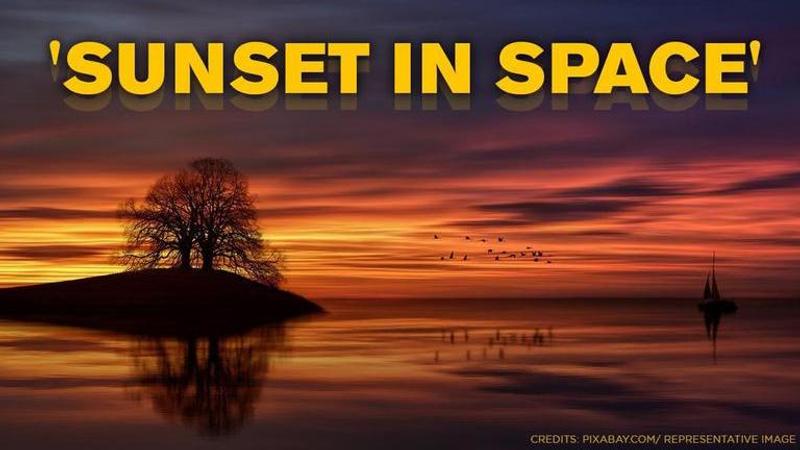Published 11:43 IST, June 24th 2020
NASA scientists show how sunsets would look from other planets | Watch
A scientist working for NASA has created a simulation of how sunsets would look from other planets. It transports viewers on to surface of Mars, Uranus etc.

A scientist working for NASA has created a simulation of how sunsets would look from other planets. The animation transports viewers on to surface of mars, venus, Uranus, Saturn's largest moon Titan and an exoplanet Trappist-1e. The animation, which is now doing rounds of the internet, let users view "wide-angle" sunsets along with Halos of the sun.
While it shows the sunset sky on Uranus to be azure that fades into royal blue with hints of turquoise, the Martian sky is a bronze. It also shows sunset at Titan (moon of Saturn) and Trappist-1e, a planet in a nearby star system. According to NASA, the blue-green colour comes from the interaction of sunlight with the atmosphere. The same phenomenon due to which earth’s sky looks blue.
"These sky simulations are now a new feature of a widely used online tool called the Planetary Spectrum Generator, which was developed by Villanueva and his colleagues at NASA Goddard. The generator helps scientists replicate how light is transferred through the atmospheres of planets, exoplanets, moons, and comets in order to understand what their atmospheres and surfaces are made of, NASA wrote in its blog.
Developed by Geronimo Villanueva
The animation was developed by Geronimo Villanueva, a planetary scientist from NASA’s Goddard Flight Center in Maryland while he was building a tool for a future mission to Uranus. Elaborating the logic behind the creation NASA on its blog wrote that as these worlds rotate away from the light of the Sun, which is what happens during a sunset, "photons get scattered in different directions depending on the energy of the photons and the types of molecules in the atmospheres". The result is a lovely palette of colours that would be visible to those standing on these worlds.
Image credits: NASA
Updated 11:43 IST, June 24th 2020



